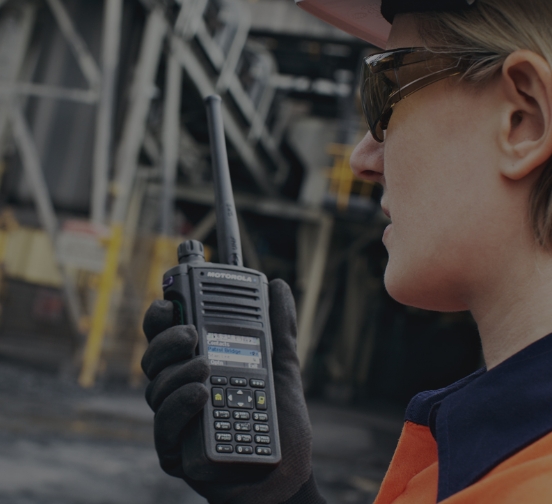In today's interconnected world, radio communication plays a vital role in various industries, enabling seamless transmission of information across vast distances. However, have you ever wondered how far radios can actually communicate? In this blog post, we will delve into the factors that influence radio communication range, explore the advancements in technology, and discuss the practical implications across different sectors.
- Understanding Radio Communication Range:
Radio communication range refers to the maximum distance over which radios can transmit and receive signals effectively. Several factors influence this range, including frequency, power output, antenna design, terrain, and atmospheric conditions.
1.1 Frequency:
The frequency at which radios operate significantly impacts their communication range. Generally, lower frequencies, such as those used in AM radio, can travel longer distances due to their ability to diffract around obstacles. On the other hand, higher frequencies, like those used in FM radio or satellite communication, have shorter ranges but offer higher data transmission rates.
1.2 Power Output:
The power output of a radio transmitter directly affects the communication range. Higher power output allows signals to travel further, overcoming obstacles and signal degradation. However, it is important to note that increasing power output also requires compliance with regulatory limits to prevent interference.
1.3 Antenna Design:
The design and placement of antennas significantly impact the range and directionality of radio communication. Directional antennas, such as Yagi or parabolic antennas, focus the signal in a specific direction, increasing range in that direction while reducing it in others. Omni-directional antennas, like whip antennas, provide a more balanced coverage but with a shorter range.
1.4 Terrain and Atmospheric Conditions:
The environment in which radio communication takes place also affects its range. Obstacles like buildings, mountains, or dense vegetation can attenuate or block signals, reducing the effective range. Additionally, atmospheric conditions, such as humidity, temperature inversions, or solar activity, can impact signal propagation.
- Technological Advancements Pushing the Boundaries:
Over the years, advancements in radio technology have expanded the range of communication, revolutionizing various industries. Let's explore some notable developments:
2.1 Long-Range Radio Systems:
Long-range radio systems, such as High-Frequency (HF) radios, have been extensively used for long-distance communication, particularly in maritime, aviation, and military applications. These systems utilize the ionosphere to reflect and refract signals, allowing them to travel thousands of kilometers.
2.2 Satellite Communication:
Satellites have revolutionized global communication by providing coverage to even the most remote areas. Geostationary satellites, positioned at fixed points above the Earth, relay signals between ground stations, extending radio communication to a global scale.
2.3 Wireless Sensor Networks:
Wireless sensor networks (WSNs) have emerged as a key technology in various sectors, including environmental monitoring, agriculture, and industrial automation. WSNs utilize low-power radios to communicate data over short distances, enabling real-time monitoring and control.
- Practical Applications in Different Industries:
The extent of radio communication has practical implications across numerous industries:
3.1 Telecommunications:
In the telecommunications industry, radio communication enables mobile networks, connecting people across vast distances. Cellular towers and base stations facilitate seamless communication, with the range varying depending on the frequency bands used.
3.2 Public Safety and Emergency Services:
Radios play a critical role in public safety and emergency services, enabling effective communication between first responders. From police and fire departments to medical services, reliable radio communication ensures swift response and coordination during crises.
3.3 Transportation and Logistics:
The transportation and logistics sector heavily relies on radio communication for efficient operations. From air traffic control and maritime communication to trucking and railway systems, radios facilitate safe and coordinated movement across vast networks.
3.4 Amateur Radio:
Amateur radio operators, also known as ham radio operators, explore the limits of radio communication as a hobby. They experiment with different frequencies, antennas, and propagation techniques, pushing the boundaries of long-distance communication.
Conclusion:
Radio communication has come a long way, enabling seamless connectivity across industries and continents. Understanding the factors influencing communication range and staying updated with technological advancements allows us to harness the full potential of radios. As we continue to push the boundaries, the future holds even more exciting possibilities for global communication.


